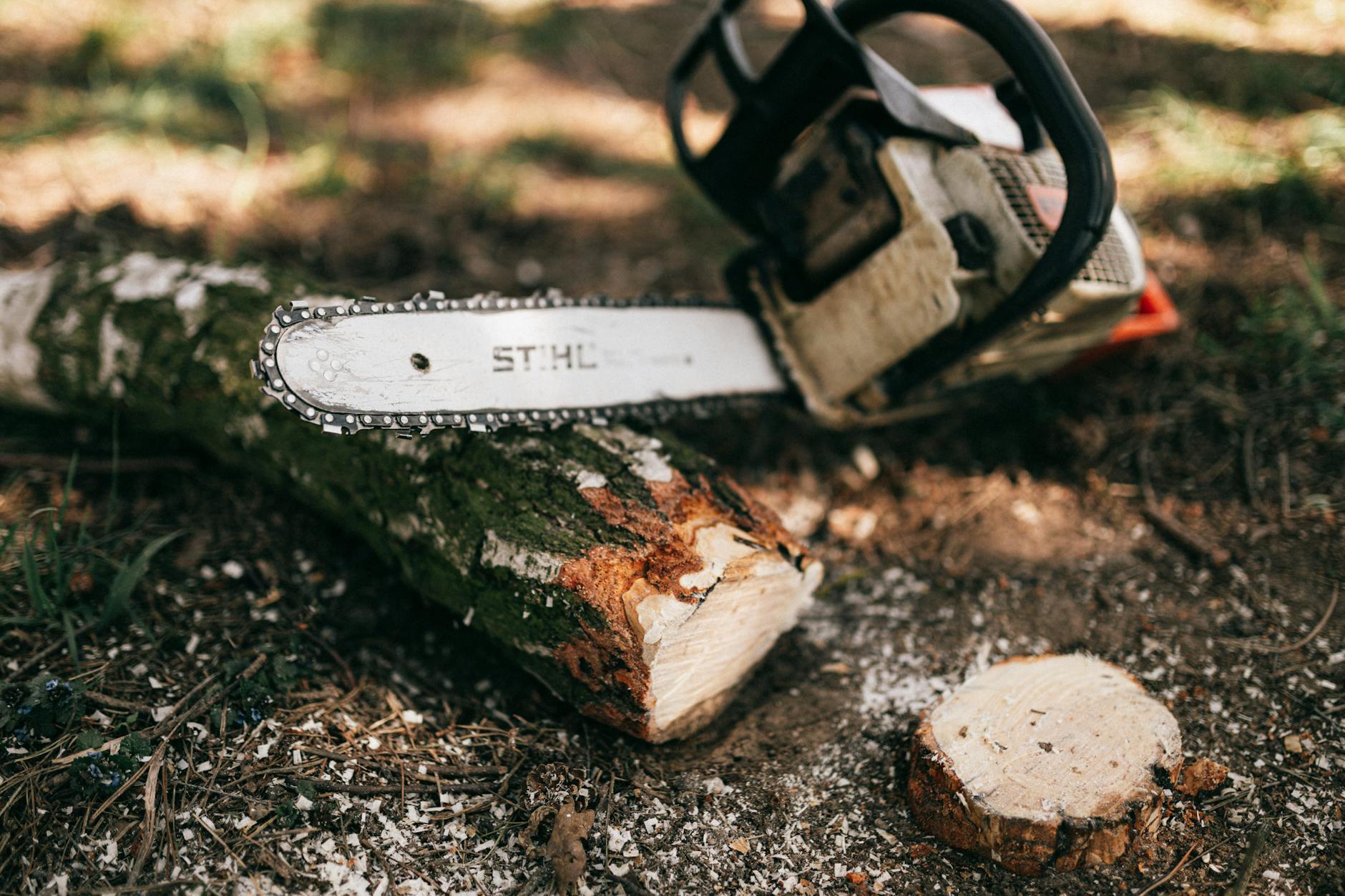When it comes to chainsaws, the focus is often on the sharp chain and powerful engine. However, one crucial component that often goes unnoticed is the chainsaw clutch. This unsung hero plays a vital role in ensuring smooth and efficient operation, transferring power from the engine to the chain. In this comprehensive article, we’ll delve into the inner workings of the chainsaw clutch, exploring how it functions and why it’s an essential part of any well-designed chainsaw.
What is a Chainsaw Clutch?
A chainsaw clutch is a mechanical device that acts as a coupling between the engine and the chain. Its primary purpose is to engage and disengage the chain’s motion. This allows the engine to run without the chain rotating when not in use. This feature not only enhances safety but also conserves fuel and reduces wear on the chain and other components.
Types of Chainsaw Clutches
There are two main types of chainsaw clutches: centrifugal clutches and spring-loaded clutches.
How Does a Chainsaw Clutch Work – Centrifugal Clutches:
Centrifugal clutches are the most common type found in modern chainsaws. They rely on centrifugal force to engage and disengage the chain automatically. These clutches consist of a drum connected to the engine’s crankshaft. It has a set of weighted shoes or levers positioned inside the drum.
When the engine is running at low speeds, the weighted shoes remain stationary due to their mass and the drum spins freely around them. However, as the engine’s RPM increases, the centrifugal force acting on the weighted shoes pushes them outward against the inside of the drum. This friction causes the drum, and subsequently the chain, to spin.
The engagement process is gradual, with the clutch gradually transferring more power to the chain as the engine speed increases. This smooth transition helps prevent sudden jolts and wear on the components.
How Does a Chainsaw Clutch Work – Spring-Loaded Clutches:
Spring-loaded clutches, also known as manual clutches, are less common but still used in some chainsaw models. Unlike centrifugal clutches, they require manual engagement and disengagement by the user.
These clutches consist of a drum connected to the engine’s crankshaft and a set of spring-loaded shoes or levers that press against the inside of the drum. When the clutch lever is engaged, the shoes are forced against the drum, causing it to spin and transferring power to the chain.
Spring-loaded clutches offer more control over the chain’s engagement, but they require more user input and can be more physically demanding to operate over extended periods.
The Role of the Chainsaw Clutch
The chainsaw clutch serves several critical functions, including:
- Safety:
One of the primary roles of the clutch is to enhance safety during operation. By disengaging the chain when the engine is idling or the saw is not in use, the clutch prevents accidental chain rotation, reducing the risk of injury. - Fuel Efficiency:
When the chain is disengaged, the engine doesn’t have to work as hard to overcome the resistance of the rotating chain. This results in improved fuel efficiency, as the engine can run at a lower RPM without the additional load. - Component Protection:
By disengaging the chain when not in use, the clutch helps to reduce wear and tear on the chain, guide bar, and other components. This extends the lifespan of these critical parts, reducing maintenance costs and downtime. - Smooth Operation:
The gradual engagement of the centrifugal clutch ensures a smooth transition from idle to full power, preventing sudden jolts that could damage the chain or cause kickback. This smooth operation also contributes to better control and accuracy during cutting.
Maintaining Your Chainsaw Clutch
Like any mechanical component, the chainsaw clutch requires regular maintenance to ensure optimal performance and longevity. Here are some tips for maintaining your chainsaw clutch:
- Inspection:
Regularly inspect the clutch for signs of wear, such as grooves or scoring on the drum or shoes. Replace worn components promptly to prevent further damage or failure. - Lubrication:
Keep the clutch area clean and well-lubricated according to the manufacturer’s recommendations. Proper lubrication helps reduce friction and wear, extending the life of the clutch components. - Adjustment:
Some chainsaw models allow for clutch adjustment to compensate for wear or to fine-tune the engagement point. Refer to your owner’s manual for the proper adjustment procedures and specifications. - Replacement:
Over time, the clutch components will eventually wear out and need to be replaced. Follow the manufacturer’s recommendations for replacement intervals and use only genuine replacement parts to ensure proper fit and performance.
Recap
The chainsaw clutch may be a relatively small and unassuming component, but it plays a crucial role in the overall performance and safety of your chainsaw. By understanding how it works and properly maintaining it, you can ensure your chainsaw operates smoothly, efficiently, and safely, whether you’re tackling tough woodcutting tasks or simply trimming branches around your property.
Remember, a well-functioning clutch not only enhances your productivity but also helps to protect you and your equipment from potential hazards. So, the next time you fire up your chainsaw, take a moment to appreciate the hard-working clutch that makes your woodcutting experience seamless and secure.
As an Amazon Associate I earn from qualifying purchases.
